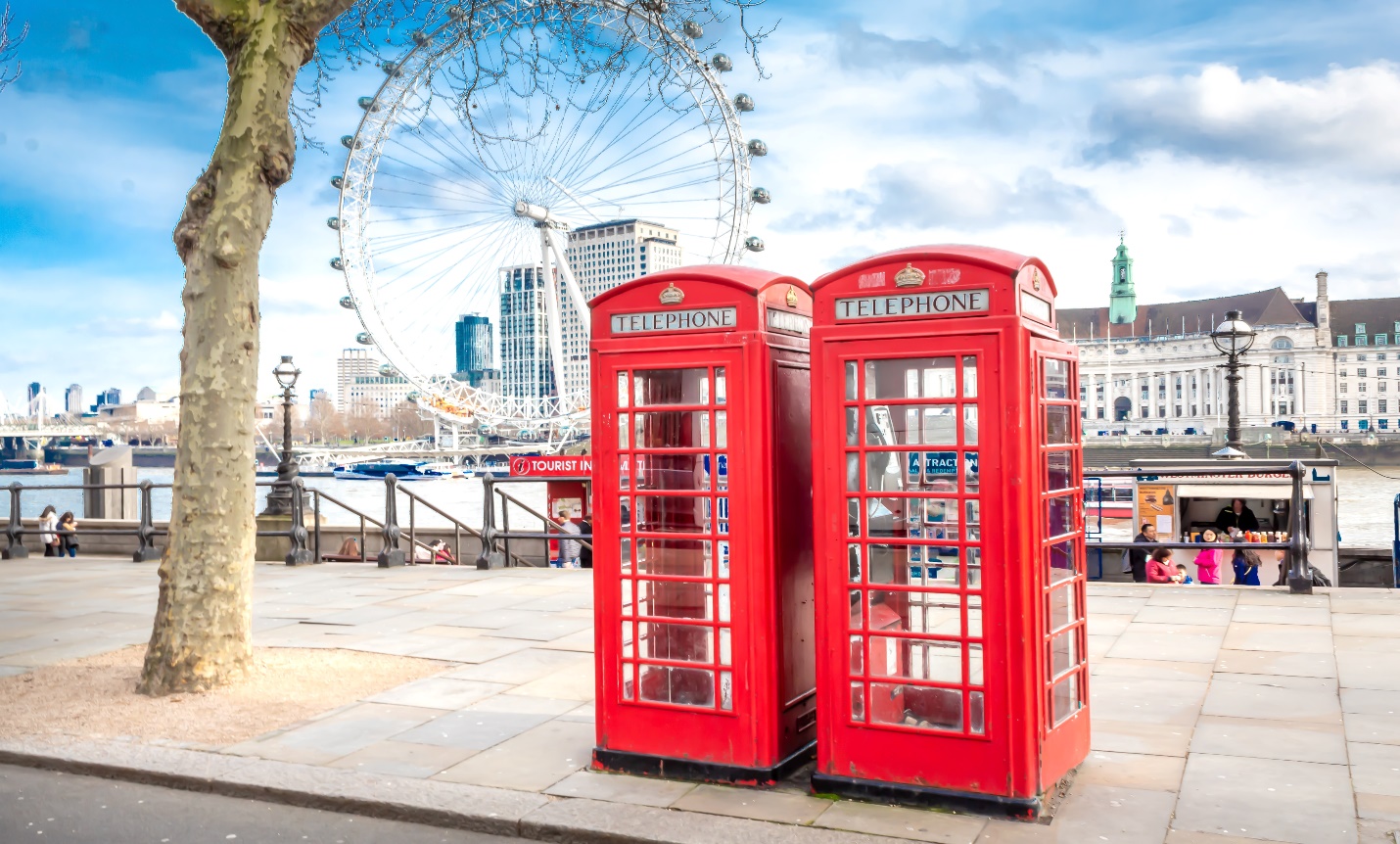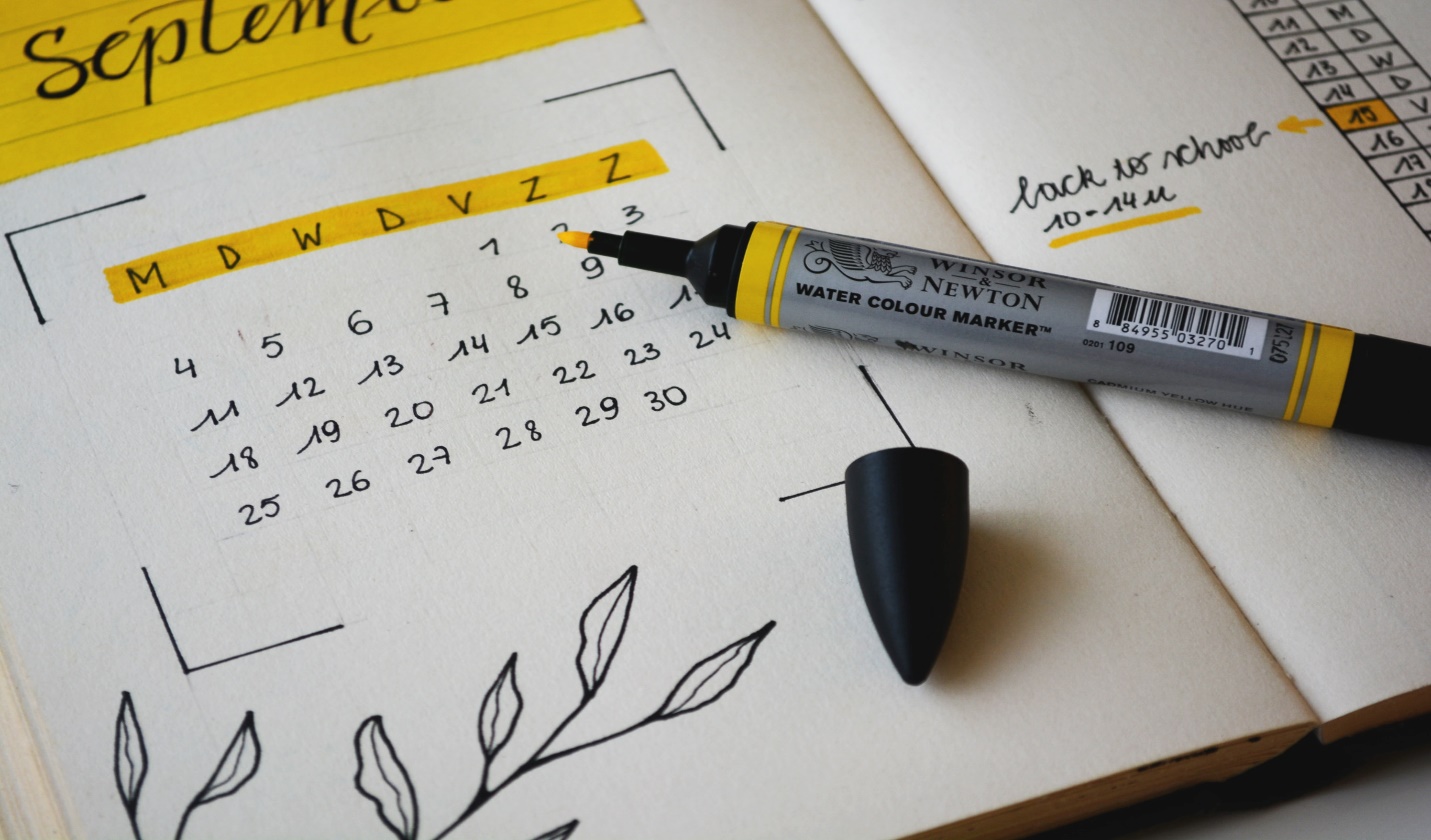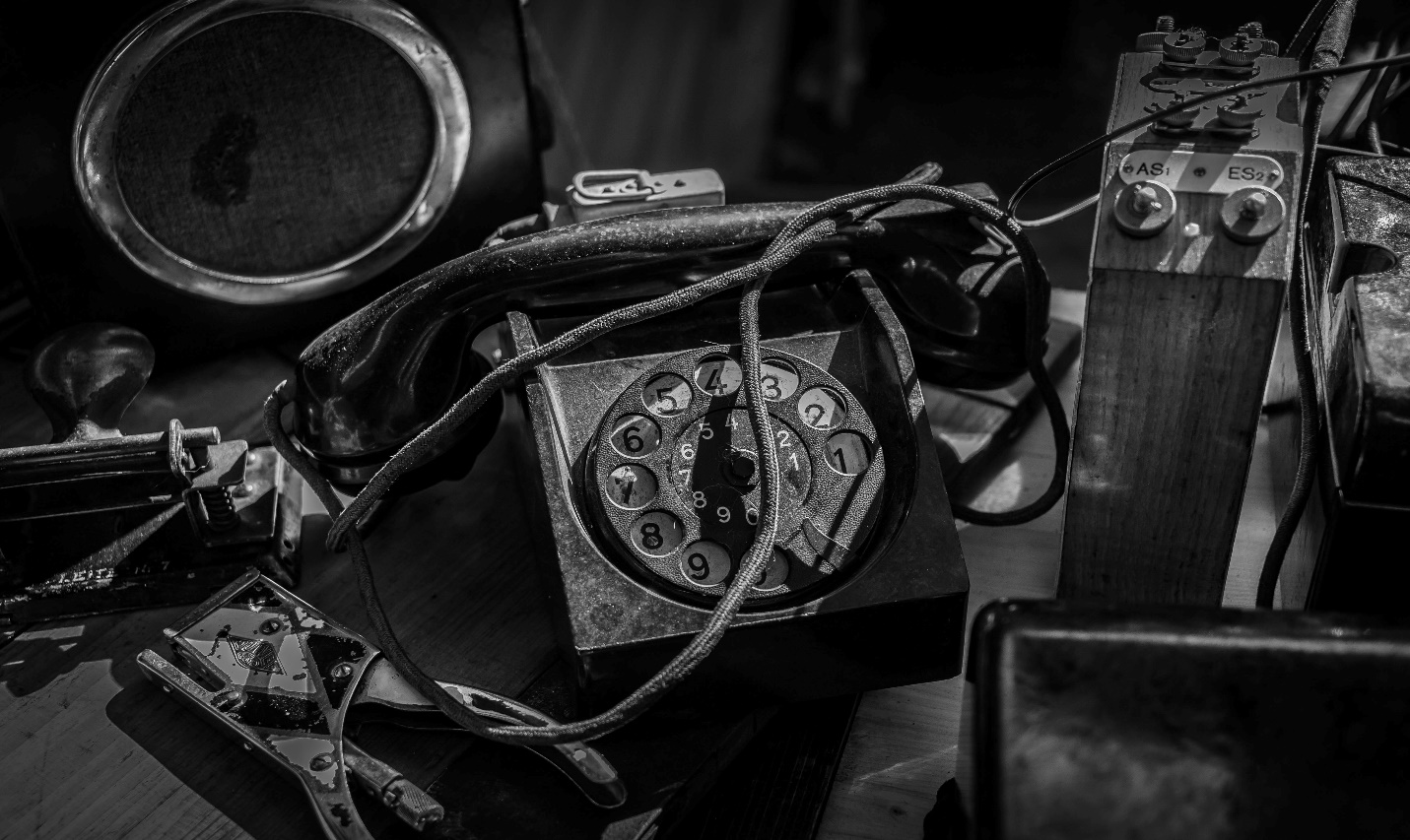
Source: https://unsplash.com/photos/PyCvUw5M1Nk
The telephone is one of the ideal and most significant communication technology advancements. It has allowed us to communicate over mountains, oceans, and other parts of the globe. With the advancement of cell phones and smartphones, we can now transfer crucial information, create memories, and search the Internet, all from our mobile devices. The evolution of the telephone is a fascinating example of human exploration and experimentation.
Alexander Graham Bell was looking for a method of transmitting voice electronically since he immigrated to America as an instructor of the deaf. He created the telephone in March 1876. Bell also used calls to London, Cowes, and Southampton to show Queen Victoria how to operate the telephone on January 14 at Osborne House on the Isle of Wight. These were the country’s first international calls.
The Telephone Company Ltd (Bell’s Patents) was established to promote Bell’s patent telephones in the United Kingdom. The business was incorporated on June 14 and opened with seven or eight subscribers and could support 150 lines. From Hay’s Wharf, south of the Thames, to Hay’s Wharf Office, on the north bank, was one of the first telephone lines built in London.
Interesting Facts about Telephone History?

Source: https://unsplash.com/photos/CNSH-JGEwtI
An interesting fact is that female switchboard operators were favoured around the turn of the 20th century when the first countrywide telephone networks were being created because they were less expensive to hire and thought to be more polite to callers. Emma Nutt was the first female telephone operator who was hired by Graham Bell himself in 1878.
Did you know that even at the end of the 1970s, the UK’s telephone network could not provide each citizen with a phone line, forcing them to share a single “party line” with other users?
Moreover, smaller local businesses owned most of the UK’s telephone networks in the 1800s. Between 1881 and 1911, the National Telephone Company (NTC) gradually brought them together; nevertheless, after it attained monopoly status, it was nationalised by the Labour and Liberal coalition government and merged into the General Post Office.
A Few Important Dates in the History of UK’s Telecommunications

Source: https://unsplash.com/photos/zni0zgb3bkQ
1. Pay-On-Answer Coinboxes, 1959
The original Pay-On-Answer Coinbox models were released to replace the outdated button A & B types. The old coin boxes could not handle trunk calls that automatically connected after STD service was implemented in big towns.
2. All Figure Numbering in 1966
All Figure Numbering (AFN) was introduced in 1966. It started in the Director Areas of London, Birmingham, Edinburgh, Glasgow, Liverpool and Manchester.
3. New-Style Sockets 1981
Source: https://unsplash.com/photos/fnlNwb5sB5Y
In order to make it simple to relocate and replace telephones and client equipment, new style telephone plugs and sockets were created. Except for a few phones that used jack plugs and sockets, most phones were hardwired until the 1980s. The GPO was required to complete all of the wirings.
4. BABT Approval on January 1, 1985
The UK Government lifted BT’s monopoly on the supply of essential telephone equipment on January 1, 1985. All subscriber equipment, including phones, answerphones, telex machines, and similar devices, had to have approval from the British Approvals Board for Telecommunications (BABT) in order to show an approved sticker with a green circle. The equipment was marked with a forbidden sticker with a red triangle if this approval wasn’t met or it hadn’t been tested.
5. Caller Display Introduced on November 22, 1994
In addition, the capability of being able to see the caller’s phone number. Using the 1471 service, a caller display device, a phone, or both. The programme was initially scheduled to launch on November 5, 1994, but was postponed until November 22 due to privacy concerns.
Conclusion:
To conclude, the history of telecommunication is centuries old regarding Telephones. The telephone is one of the most significant advancements in communication technology. In the modern world, we can pull out our cell phones from our pockets, dial the person we want to talk to, and start a conversation with them in only a few seconds. However, this might not seem a significant thing right now, but it all had to begin somewhere. That wasn’t the situation in the early 1800s. A letter or face-to-face communication were the only options for communicating. Alexander Graham Bell had a critical impact and is given the most credit for the development of the telephone; it became clear from reading up on the biographies of the telephone’s creators.

Muhammad Asfandyar is a lawyer having extensive experience in creative content writing, proofreading, legal and academic research writing. He can be reached at asfandyar.edw@gmail.com

